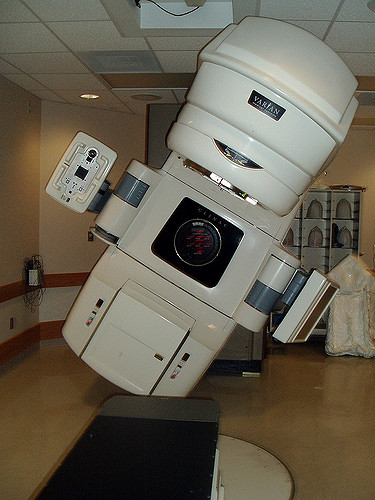This Subset of Mesothelioma Patients May Live Longer
A group of mesothelioma experts from around the world has identified a set of criteria linked with longer mesothelioma survival. They are hopeful that their research will help doctors identify mesothelioma patients who fall into this longer-living group and direct them to the special care they may need to stay healthier, longer. In a new article in the Journal of Clinical Oncology, some of the world’s leading mesothelioma researchers, including scientists from Stanford University, New York University Langone Medical Center, The University of Hawaii, the Hyogo College of Medicine in Japan, and the Mesothelioma Applied Research Foundation, say mesothelioma patients who meet these criteria should consider genetic counseling and cancer screening. Criteria for Improved Mesothelioma Outcomes The report was based…









